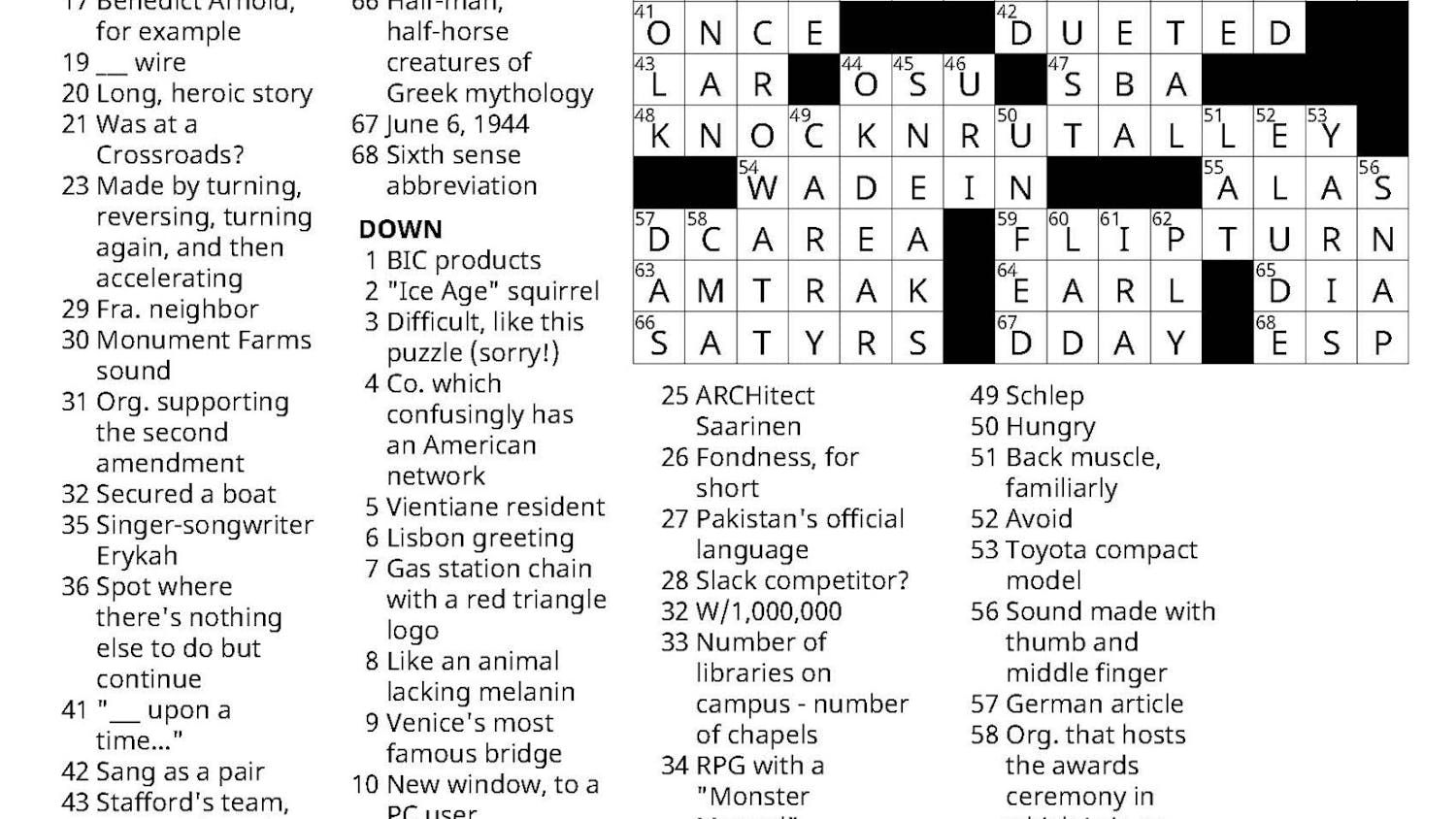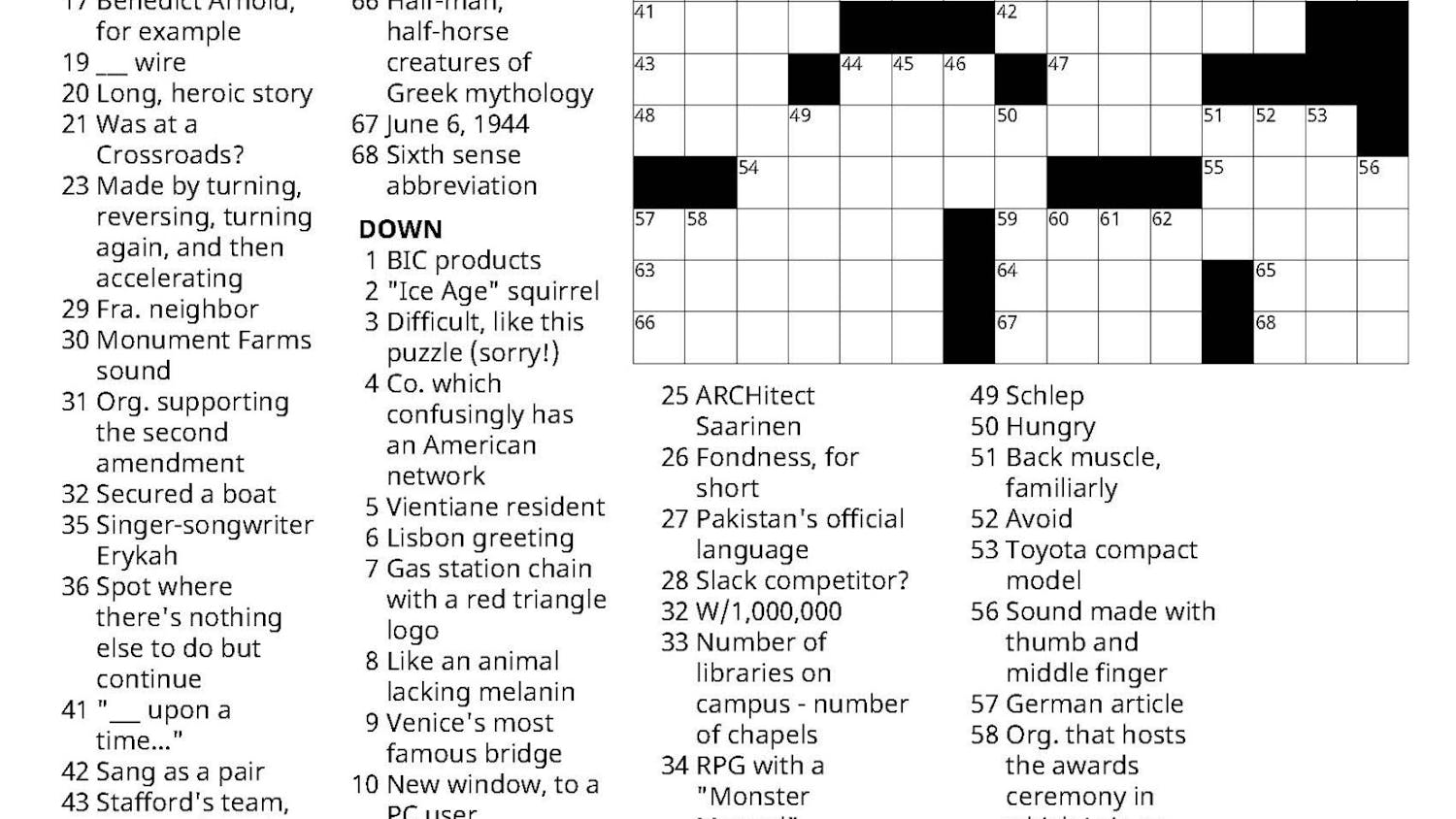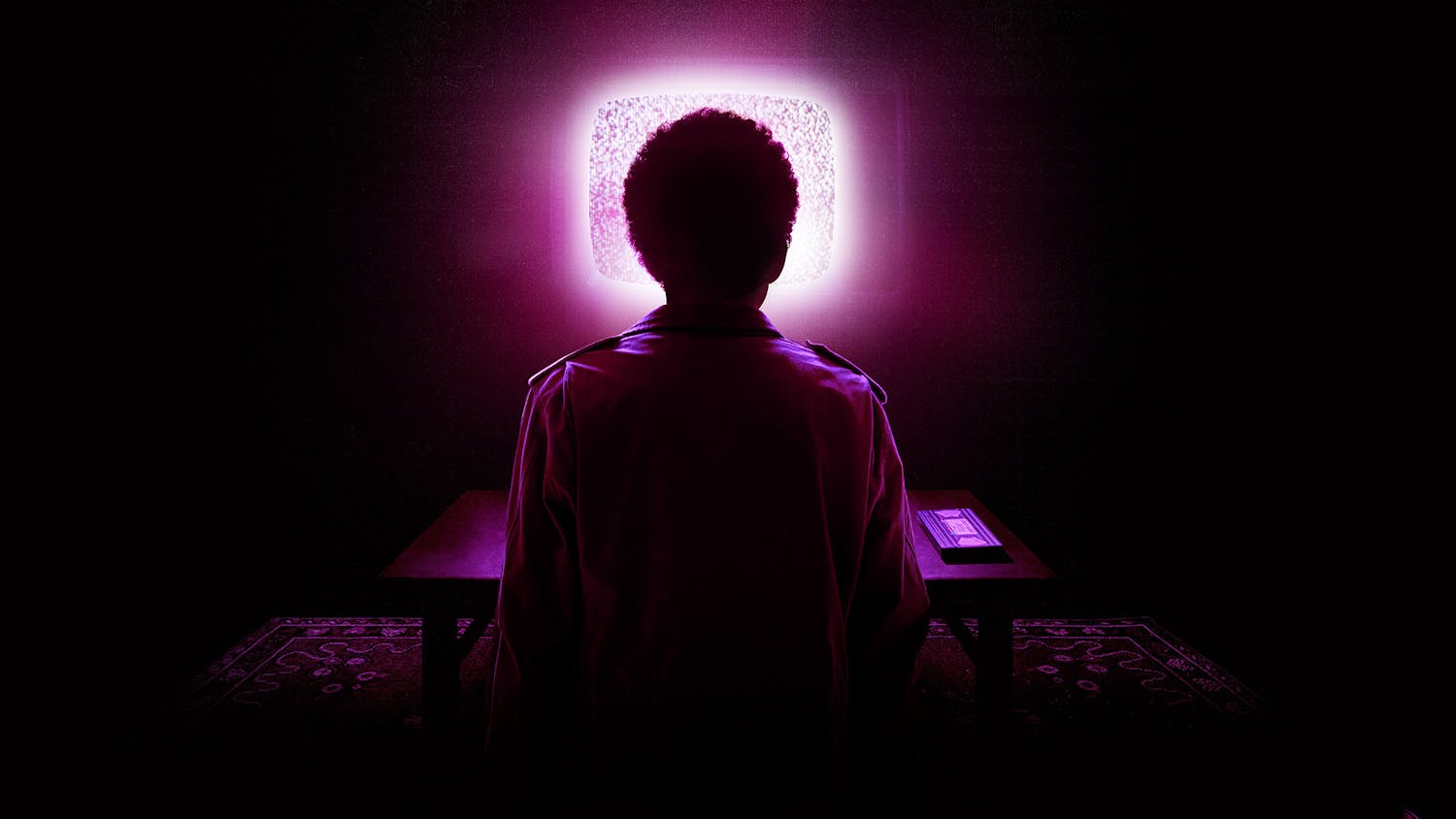“It is the month of May for me,” he begins, oblivious or irreverent of the incongruous autumn leaves and woolen sweaters. Though the dark wood and dry books of the cloistered room seem to forbid speaking, the narrator persists, joined by a second, more feverish storyteller, then a third in the plaintive tones of a cello. Thus in a room more accustomed to the close of dissertations and research projects, a far more dramatic work attempts to find its ending.
So begins Beckett’s little-known radio play “Cascando,” a brief but potent journey through Beckett’s hallmark themes of existentialism and the end of language. Originally billed as “a radiophonic invention for music and voice” in its 1963 debut, the roughly 16-minute work was tangibly realized this past Sunday by a prominent cast including PBS Newshour anchor Jeff Brown as ‘the Opener’ and Assistant Professor of Theater Alex Draper as ‘the Voice’, the two spoken roles of the play. The work explores the efforts of the Opener, our chief narrator, to tell the story of a man called Woburn (who, in true Beckett style, never actually appears.) The narrative is told both verbally by the Voice and musically by world-class cellist Maya Beiser, performing a piece specifically composed for the production by Pulitzer prize-winning composer David Lang.
“What you’re hearing is the important thing,” prefaced director Dare Clubb, co-head of the Iowa Playwrights Workshop, though the four-person tableau behind him could not help but draw visual attention as well. Brown, seated at the sort of long table suited to an evening news anchor, was flanked by Draper on one side and Beiser and Lang on the other, a commanding dichotomy for the relatively intimate space of the room.
The project, initially conceived and staged by Clubb and Suzanne Bocanegro for the dance theatre in the Kevin P. Maheney Center for the Arts, was moved to Axinn when a plumbing issue rendered most of the buildings on Route 30 unusable for a public performance.
“We had done it in the [Abernethy] room the night before in the invitation-only performance, though, so it wasn’t a hard transition,” Draper said.
Though one might imagine how the acoustics of the spacious dance theater might have enhanced such a music-dependent production, ‘Cascando’ didn’t appear to suffer for being confined to a smaller space. On the contrary, the proximity afforded a close view of the dynamics between the players that might have otherwise been lost — the meaningful looks, the forceful gestures, the tense hovering of a bow above the strings. Draper’s frenetic delivery in particular benefited from the staging, an expressive performance that preempted the chiefly auditory nature of the radio play.
Draper, who has collaborated previously with Clubb, cited “the sheer amount of energy and drive that the Voice needs — to make sure you’re doing that without over-running the text” as the chief challenge of the role. “You have to resist the urge to make too much sense out of it for the audience, to over-interpret. You have to let them work it out for themselves.”
After the (first) iteration of the work reached its poignant close, the floor was opened to just that in a general discussion between the audience, performers, and director. “Thoughts? Questions? There’s no detail too insignificant,” Clubb invited, listening intently as audience members offered their observations on everything from the “gnarly-ness of the script” to whether the relationship between voice and cello was more of a competition or collaboration.
“The way it feels to me, at least, is that there are two sides of the story which need to be told: there’s what happens to this person and what this person feels, and we need both the words and music to tell that story,” Lang said. “I feel that in the end, when they overlap, Beckett is finally allowing them to help each other.”
After the open forum and a brief recess a second restaging of the play was performed, in which Beiser and Lang took the central space at the front of the room while Draper and Brown took to the mezzanines of the room in deliberately hard-to-spot positions. The result was such that, while in the first version almost all eyes were rapt on the performers, in the second more audience members were inclined to let their gaze wander or even close their eyes.
“The second time around there are way more people who are just listening,” Draper said. “They’ve thought about it and they’ve heard other people’s thoughts about it, and they don’t need to pay as much attention visually.”
Perhaps it was this shift from looking to listening or Lang’s comments on the cooperative nature of the different elements of the piece, but the second iteration certainly felt much more balanced between the players. Beiser’s haunting realization of Lang’s score was allowed to take a more central role, and while both versions delivered on Beckett’s work, the reprisal seemed closer to his original intentions for the audio play.
Ultimately ‘Cascando’ offered a rare chance for the best of both theater and music to be united by one piece.
“It’s one of his most puzzling plays, but with the talent we were able to pull in, it made the most sense to do Beckett with music,” Draper said. “They’re all astonishing people to be working with.”
'Cascando' Falls into Abernathy Room
Comments



